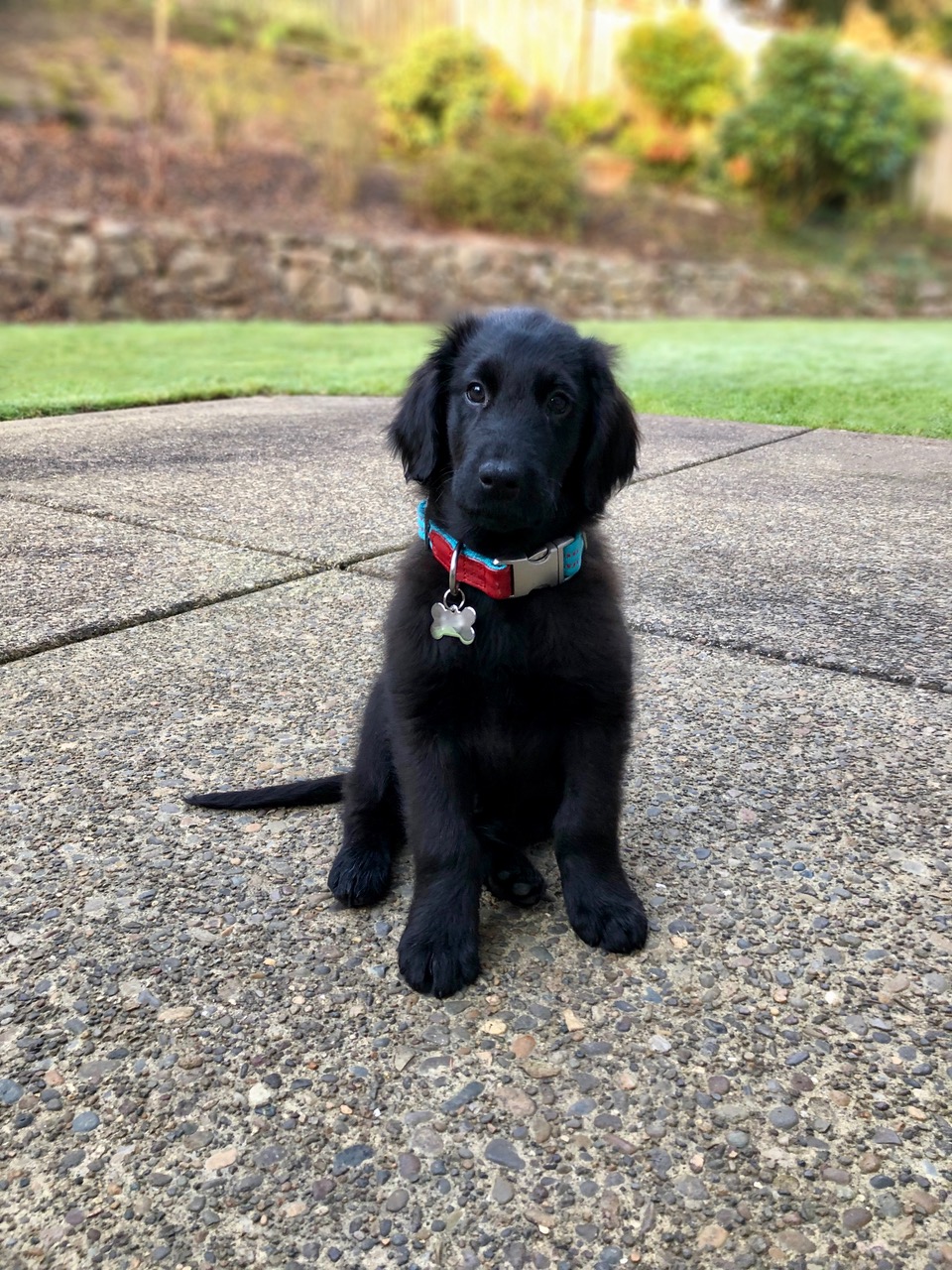
Overview of Flat-Haired Retriever Puppies
A Little Bit of History
The Flat-Coated Retriever, often called the “Peter Pan” in the dog world, has an interesting story that traces back to the mid-1800s in the UK. They were originally bred to be versatile hunting buddies, helping gamekeepers fetch game from both water and land.
Here are a few key points about where they come from:
- Origins: These pups were created by mixing different breeds like Newfoundlands, setters, and possibly sheepdogs, leading to a tough and hardworking retriever.
- Popularity: They quickly became a favorite among British nobles because of their charming looks and friendly personalities, making them great hunting partners.
- Ups and Downs: After World War I, their popularity dipped as breeds like Labradors and Golden Retrievers took the spotlight. But thanks to some dedicated breeders, they’ve kept their charm and unique qualities alive.
Today, Flat-Coated Retrievers aren’t just celebrated for their hunting skills. They’re also beloved as loyal pets and show champions, bringing joy to families around the globe.
Physical Features of Flat-Haired Retriever Puppies
Flat-Haired Retriever puppies are incredibly charming with shiny coats and bright, expressive eyes. They’re so full of energy, it’s impossible not to smile when you see them bouncing around!
Here’s what you can expect as they grow:
- Size: Typically, these pups will grow to about 22–24.5 inches tall and weigh between 60–70 pounds, but it can vary a bit.
- Coat: They have a sleek, flat coat in shiny black or liver colors, with lovely feathering on their legs and tails that not only looks good but also helps protect them during outdoor fun.
- Build: They have a strong and graceful medium to large body, making them quick and agile when they play.
Watching a Flat-Haired Retriever puppy run joyfully in a field or enthusiastically fetch a toy is a delightful experience. With their playful nature and athletic build, they truly bring life to any active home.
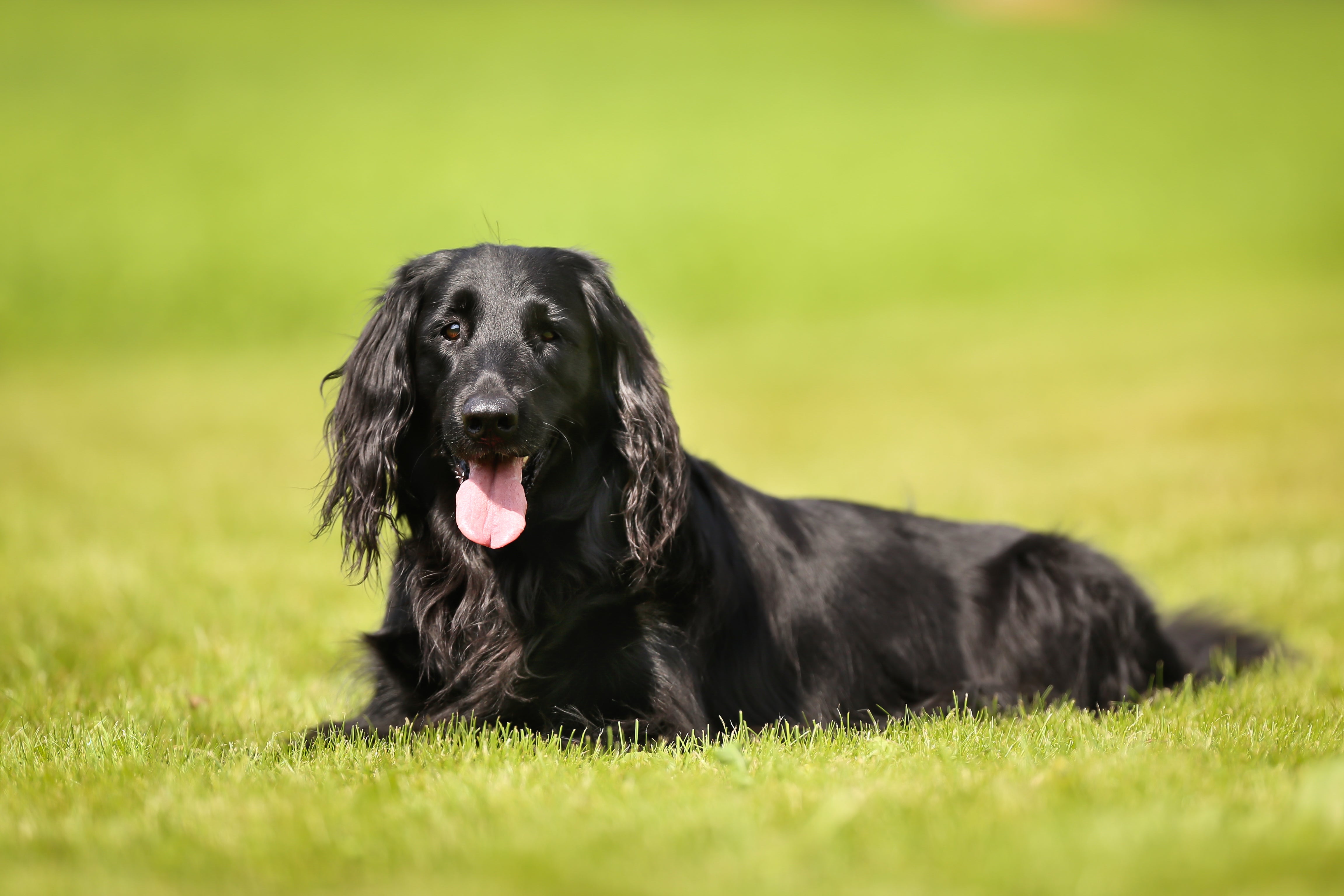
Caring for Flat-Haired Retriever Puppies
Feeding and Diet Tips
Feeding your Flat-Haired Retriever puppy the right food is super important for their growth and energetic lifestyle. These active pups do best on high-quality, protein-rich dog food made for their age and activity. Here are some tips:
- Meal Frequency: It’s a good idea to feed them 2-3 smaller meals throughout the day instead of one big one to prevent bloat, which can be a serious issue for dogs with deep chests.
- Nutrition: Look for food that meets the standards from the Association of American Feed Control Officials (AAFCO). Adding omega fatty acids to their diet can help keep their coat shiny and support joint health, especially if hip dysplasia is a concern.
- Portion Control: Chat with your vet about the right serving size based on your puppy’s weight, age, and how active they are.
By keeping an eye on their diet, you can help them grow healthy and keep their playful spirit alive.
Exercise Needs
Flat-Haired Retrievers are full of energy and need lots of exercise to stay happy and healthy. Aim for about 1-2 hours of exercise each day, and here’s how to keep them active:
- Outdoor Fun: Take them for walks, hikes or play fetch in a fenced area since they love to run!
- Dog Sports: Join in on fun activities like agility training or swimming. They enjoy tasks that challenge their minds and bodies.
- Interactive Games: Play engaging games like frisbee or tug-of-war. Their playful nature means these activities are not just fun. They also strengthen the bond between you and your pup.
If they don’t get enough exercise, they might get bored and start acting out, so it’s key to keep them busy every day.
Grooming Your Puppy
Grooming Flat-Haired Retriever puppies is pretty straightforward, and a little regular care goes a long way. Their beautiful coats, whether black or liver, need some attention:
- Brushing: Brush them about twice a week to prevent mats and tangles. This routine also keeps their fur looking shiny and healthy.
- Bathing: Bathe them every couple of months or whenever they get muddy. Make sure to use a vet-approved shampoo to protect their skin.
- Ear and Eye Care: Check their floppy ears regularly to avoid moisture build-up that could lead to infections and keep their eyes free of debris.
By keeping up with these grooming needs, your pups will always look and feel their best. With love and proper care, they’ll grow into vibrant adults, bringing joy and companionship into your life.
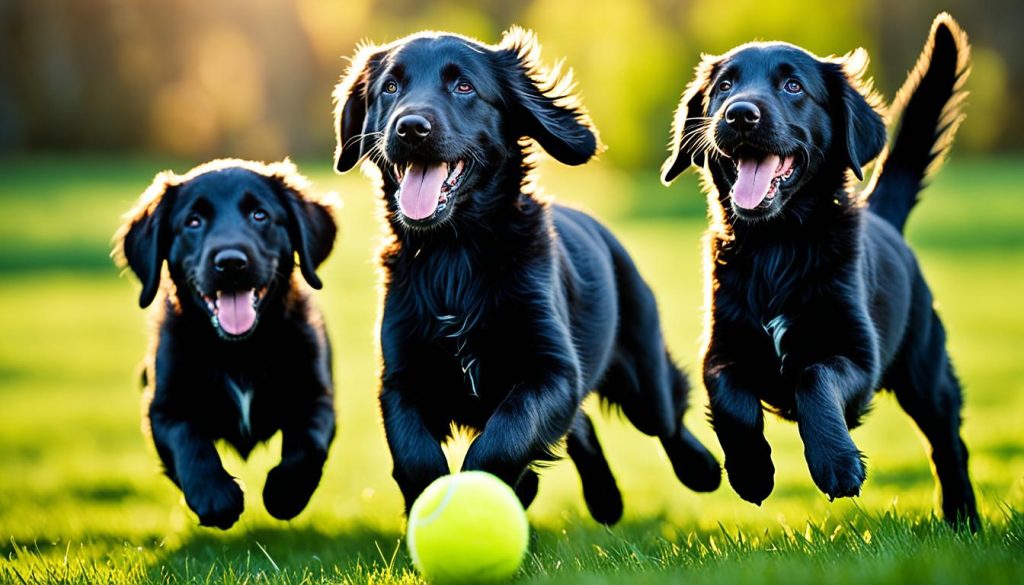
Training and Socialization
Basic Commands
Training your Flat-Haired Retriever puppy is actually a lot of fun because they’re smart and eager to please. They thrive on positive reinforcement, so keep training sessions enjoyable and engaging. Here are some basic commands to start with:
- Sit: This is often the first command to teach and helps with discipline.
- Stay: Teaching your puppy to remain in position supports good behavior and encourages patience.
- Come: This command is super important for safety and helps strengthen your bond with your pet.
- Heel: This helps teach your dog to walk nicely on a leash.
You might want to use some fun treats to encourage your puppy during training as well. Treats made from high-quality ingredients can work as rewards too. Starting with these commands early lays the groundwork for good behavior as they grow.
Importance of Socialization
Socialization is key for raising a well-adjusted Flat-Haired Retriever. They’ve got such friendly and social personalities, so introducing them to different environments, people, and other pets is essential. Here’s why you shouldn’t skip this:
- Building Confidence: Exposing your puppy to various situations reduces anxiety, helping them feel more confident.
- Developing Behavior: Getting them used to different pets and diverse people early can encourage good behavior and reduce the chances of fear or aggression.
- Fun Experiences: Socializing can be a blast! Whether it’s playdates with other puppies or trips to the park, positive experiences shape their lovely personalities.
With their upbeat attitude, Flat-Haired Retriever puppies are usually quick to adjust, but staying consistent with socialization can make their lives even richer. Make it a habit to include different experiences in your puppy’s routine for a happy, well-rounded adult dog.
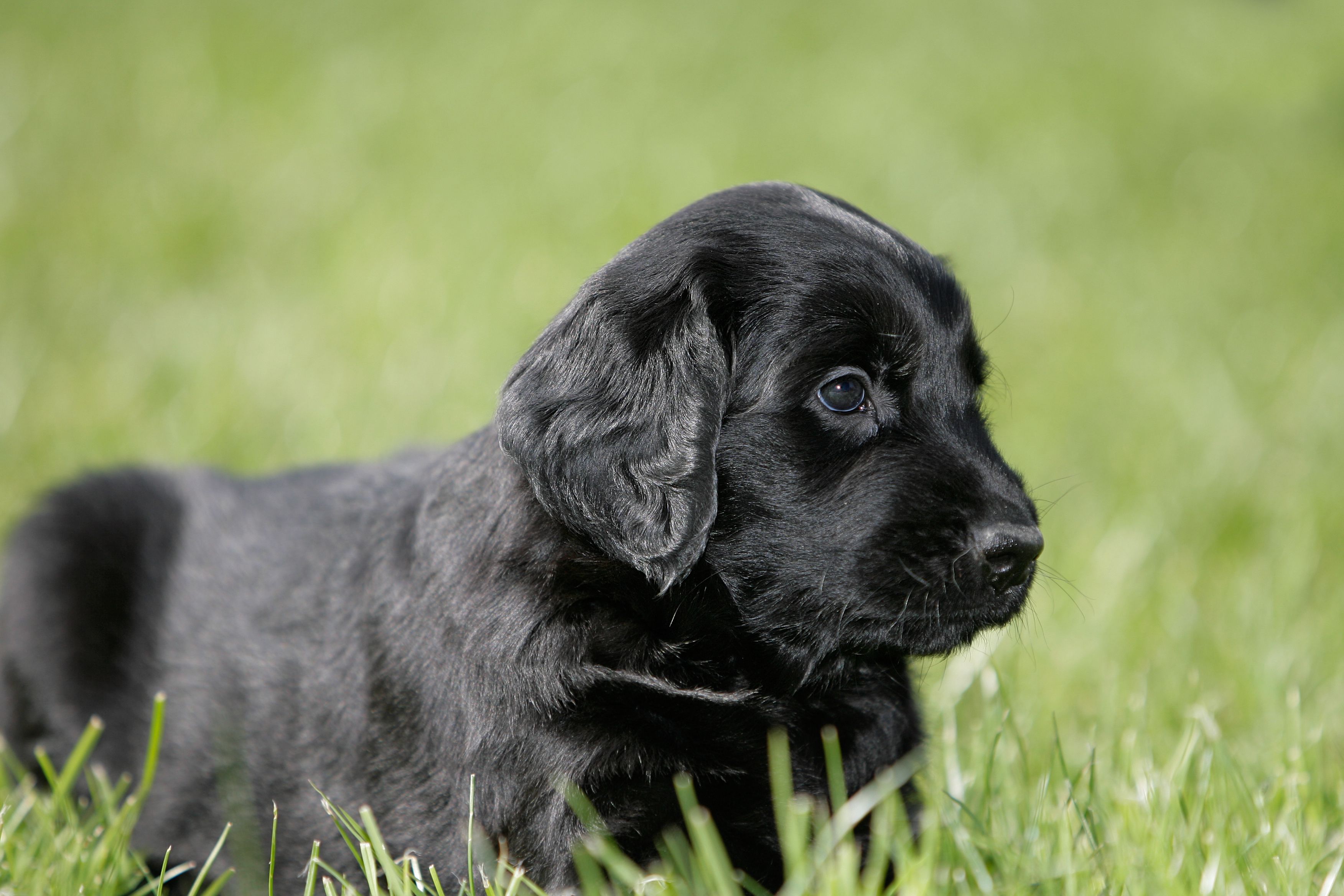
Health and Maintenance
Common Health Issues
Looking after a Flat-Haired Retriever puppy means being aware of some health concerns that might come up. While they generally stay pretty healthy, some issues can be more common in this breed. Here are a few health issues to watch out for:
- Hip Dysplasia: This genetic problem happens when the hip joint doesn’t fit right, which might lead to arthritis and mobility trouble. Symptoms can include limping or having trouble getting up after resting. Keeping them active and at a healthy weight can help manage this.
- Cancer: Sadly, Flat-Coated Retrievers can be prone to different types of cancer, especially malignant histiocytoma. Regular vet visits are key for catching any problems early.
- Glaucoma: This inherited eye condition raises pressure in the eyeball, which can lead to pain and even blindness if not treated, usually showing up around ages 5 or 6.
- Bloat (GDV): Also known as gastric dilatation and volvulus, this can be life-threatening if the stomach fills with gas and twists. Being aware of signs like a swollen belly or excessive drooling is crucial for quick vet care.
Keeping an eye on these health issues can help ensure your Flat-Coated Retriever has a long and happy life.
Regular Vet Visits and Shots
One of the best ways to keep your Flat-Haired Retriever puppy healthy is by taking them for regular vet check-ups and vaccinations. These should start as early as you can—ideally in the puppy’s first few months.
Here are some important points:
- Vaccinations: Make sure your puppy gets all the important vaccines, including ones for parvovirus, distemper, and rabies. These shots protect them from serious diseases.
- Routine Check-ups: Schedule annual vet visits to keep track of your puppy’s health, weight, and growth, and catch any potential issues early. These appointments can also be a chance to raise any behavioral concerns you might have.
- Dental Care: Don’t forget about dental health! Regular check-ups can help prevent serious dental issues down the road.
Building a strong relationship with your vet not only helps catch health problems early but gives peace of mind to pet parents. With good care, your Flat-Haired Retriever will be by your side making memories for many years!
Choosing the Right Flat-Haired Retriever Puppy
Finding a Good Breeder
If you’re thinking about bringing a Flat-Haired Retriever puppy into your home, it’s really important to find a reputable breeder who cares about the health and temperament of the breed. Not all breeders are the same, so here’s how to find the right one:
- Do Your Research: Start by looking at the breed’s national club or organization, like the American Kennel Club (AKC), which often has a list of trustworthy breeders.
- Visit in Person: If you can, check out the breeder’s facility. A good breeder should have clean and welcoming conditions for their dogs.
- Ask Questions: Don’t be afraid to ask about health screenings for the puppy’s parents, particularly for hip dysplasia and other genetic concerns. A reputable breeder should be open about their dogs’ health history.
- Meet the Parents: If possible, meet the puppy’s mom (and dad, if you can). This can give you a good idea of the temperament and health of the pups.
- Avoid Puppy Mills: Stay clear of breeders who focus on quantity over quality, as this often leads to health and behavior problems.
Having a good relationship with your breeder can also provide you support and guidance as you raise your new puppy.
Factors to Think About Before Bringing Home a Puppy
Before welcoming a Flat-Haired Retriever puppy into your life, it’s key to think about several factors that will affect your new pet’s happiness:
- Space: These energetic pups need plenty of room to play. If you live in an apartment, think about whether you have access to outdoor spaces for them.
- Time Commitment: They need daily exercise, mental stimulation, and time for socializing. Make sure you have enough time to give them what they need.
- Family Dynamics: Consider how the puppy will fit into your family. Their friendly nature makes them great for families, especially ones with kids.
- Financial Responsibility: Don’t forget to budget for the initial cost as well as ongoing expenses like food, grooming, vet care, and training.
Taking these factors into account will help ensure you’re fully prepared for the joy and commitment that comes with having a Flat-Haired Retriever as part of your family. With the right setup, your new furry friend will bring endless happiness into your home.
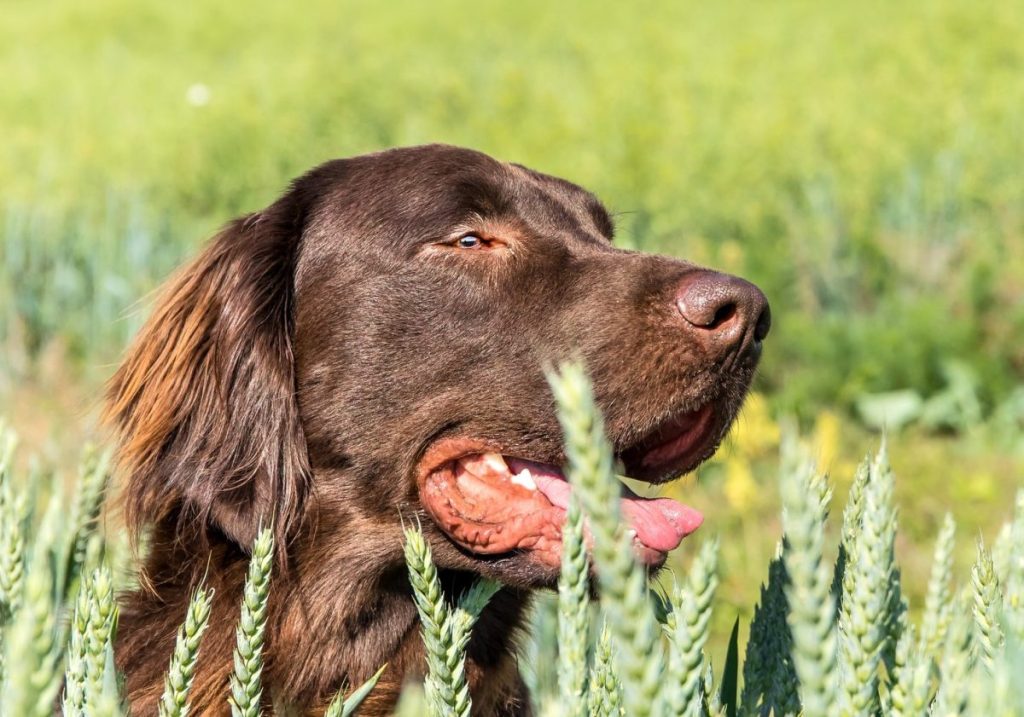
Bonding and Building a Strong Relationship
Ways to Connect with Your Flat-Haired Retriever Puppy
Building a solid bond with your Flat-Haired Retriever puppy is key for a lifelong friendship. Their loving and playful nature makes forming this bond a joyful process. Here are some fun ways to connect:
- Consistent Training: Training sessions are great for bonding. Teaching commands like “sit” and “stay” not only helps with discipline but also builds trust between you and your puppy.
- Quality Time: Spend time each day interacting with your pup. Whether it’s cuddling, petting, or just hanging out near each other, those moments create a warm environment where your puppy feels safe.
- Communication: Use a consistent tone of voice for commands and praise. Your puppy will learn to recognize your voice and associate it with love and guidance.
Simple activities like these help strengthen the loving relationship you’re building, ensuring your puppy thrives emotionally and behaviorally.
Strengthening Your Relationship through Activities
Getting involved in fun activities is a fantastic way to deepen your bond. Flat-Haired Retrievers love to interact and play. Consider doing these activities together:
- Outdoor Fun: Take your puppy on walks or hikes every day. It gives them a chance to explore while building your connection.
- Play Fetch: Toss a ball or toy for them to chase. This not only helps meet their exercise needs but also creates shared enjoyment and trust. Watching your puppy run back with the toy is a joy!
- Dog Sports: Think about agility training or obedience classes for fun outings that stimulate their minds and bodies. It’s beneficial for both of you as you learn together while strengthening your bond.
Ultimately, how you engage with your Flat-Haired Retriever puppies will form a trusting relationship. Enjoying their playful spirit through shared activities makes every moment spent together a true celebration of the companionship you’re creating.
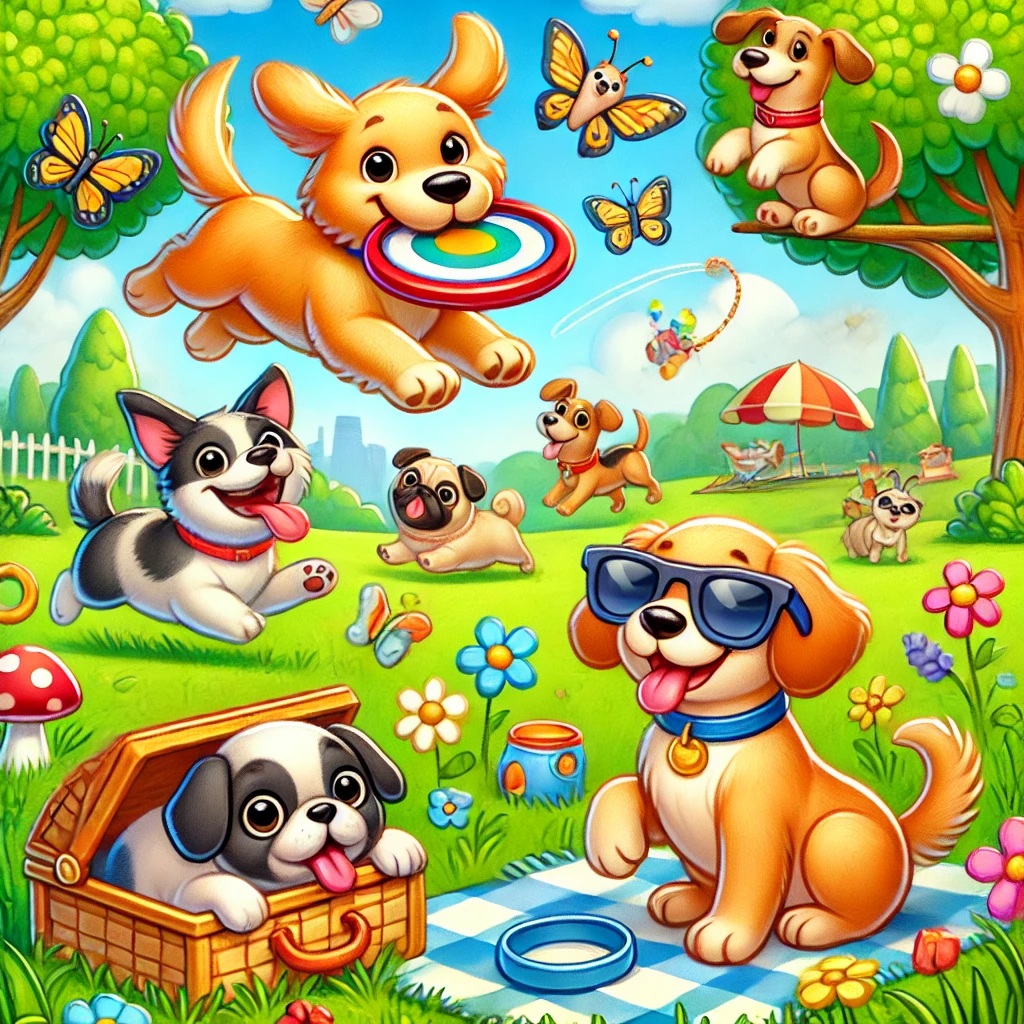
Leave a Reply